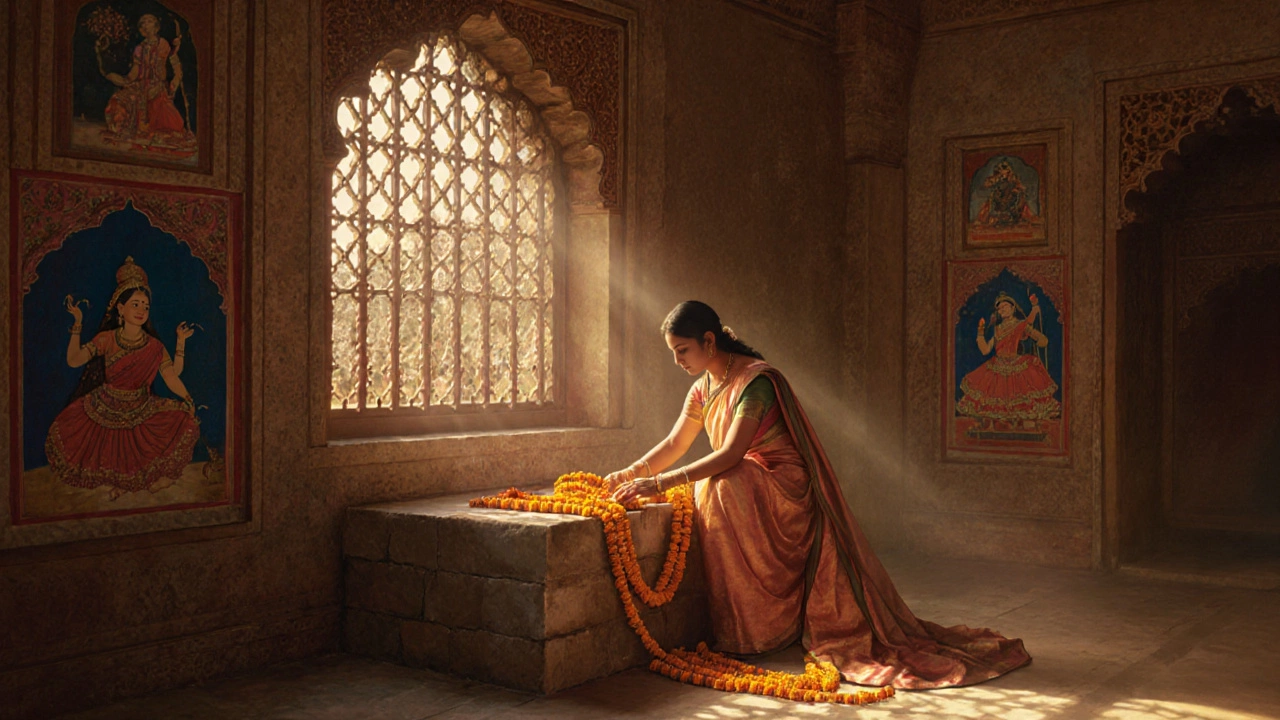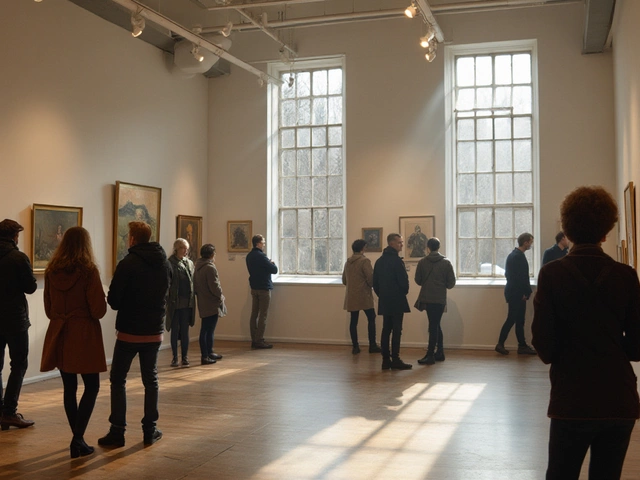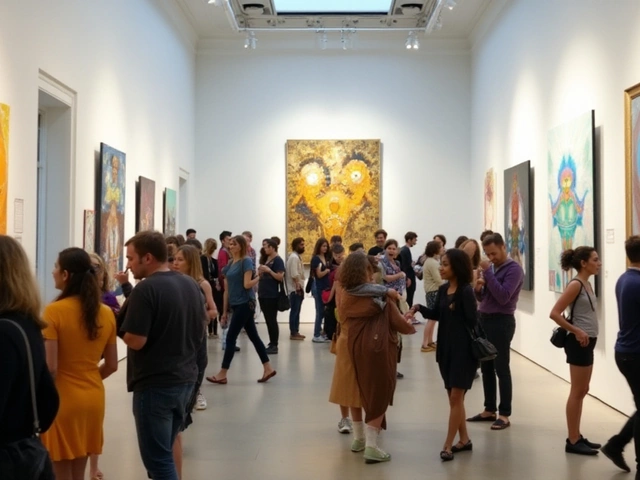When people ask, "What are the 63 arts?" they’re often thinking of something abstract or modern-maybe a list of digital trends or avant-garde techniques. But the truth is, the 63 arts come from a very old, very grounded tradition: ancient India. These aren’t just skills. They’re the foundation of how people lived, loved, and expressed themselves over 2,000 years ago. This isn’t folklore. It’s documented in texts like the Kama Sutra and the Natya Shastra, where these arts were seen as essential to a full, cultured life.
The 63 Arts Are Not Just "Skills"-They’re a Way of Life
Modern art often focuses on breaking rules. The 63 arts? They were about mastering them. Each art was designed to refine the body, mind, and spirit. You didn’t just learn to dance-you learned how movement shaped emotion. You didn’t just paint-you learned how color carried meaning. These weren’t hobbies. They were part of daily discipline, like brushing your teeth today.
The list includes things you’d expect: singing, playing instruments, poetry, dance. But it also includes things you might not: how to apply perfume correctly, how to arrange flowers, how to make a bed with perfect symmetry, how to tell a story through facial expressions. These weren’t trivial. In ancient Indian society, knowing these arts marked you as someone educated, refined, and socially competent.
Where Did the 63 Arts Come From?
The origins are rooted in the Vedic period, around 1500-500 BCE. The arts were codified over centuries, especially during the Gupta Empire (320-550 CE), when culture flourished. The Natya Shastra, written by the sage Bharata Muni, laid out the rules for performance arts. The Kama Sutra, often misunderstood as just a sex manual, actually dedicates chapters to the 64 arts (sometimes listed as 63, depending on the version), calling them "Kalā"-the arts of living well.
These arts were divided into categories: performance, decoration, craftsmanship, social grace, and domestic skill. A well-rounded person-man or woman-was expected to master at least a dozen. Nobles trained from childhood. Even royalty practiced them daily. The Mughal courts kept lists of court artists, and temple records show musicians, weavers, and perfumers being paid in land and grain.
Breaking Down the 63 Arts: Categories and Examples
It’s easier to understand the 63 arts if you group them. Here’s how they break down:
- Performance Arts (15+): Singing (Gīta), playing the veena and tabla, classical dance (Bharatanatyam, Kathak), acting, storytelling, reciting poetry, mimicking animal sounds.
- Visual Arts (10+): Painting (miniature, wall, body), drawing, sculpture, metalwork, jewelry making, henna design, textile dyeing, embroidery, paper folding, sand art.
- Domestic & Aesthetic Skills (15+): Arranging flowers, making perfumes, selecting clothes, styling hair, applying cosmetics, making beds, folding napkins, cleaning with precision, arranging rooms for guests.
- Social & Playful Arts (10+): Playing chess and dice games, solving riddles, speaking in code, writing love letters, flirting gracefully, telling jokes, dancing at parties, singing duets, playing musical games.
- Craft & Technical Arts (10+): Weaving silk, making incense, preparing herbal medicines, building small toys, crafting musical instruments, tanning leather, making paper, writing with gold ink, preparing food for banquets, preserving fruits.
Some arts sound surprising today. "Knowing how to ride an elephant" was one. "Making a bed without a single wrinkle" was another. "Speaking in a whisper so only your lover hears you." These weren’t luxuries-they were social currency. If you didn’t know how to arrange a garland just right, you might not get invited to the next royal gathering.
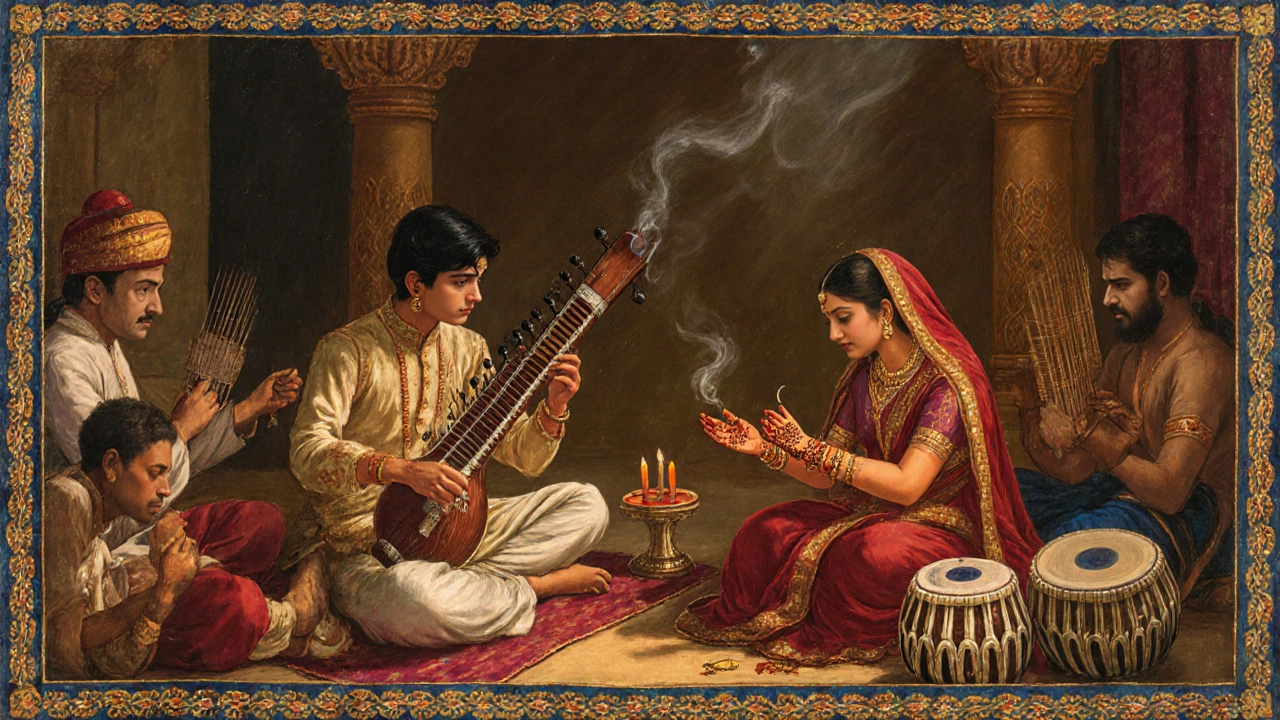
Why Did These Arts Decline?
Colonial rule in India changed everything. British administrators dismissed these arts as "ornamental" or "superstitious." Schools stopped teaching them. Families stopped practicing them. By the 1900s, only a few rural communities and royal courts kept them alive.
Some arts survived because they became "classical"-like Bharatanatyam or Hindustani music. But most? They vanished. The art of making rosewater from scratch? Gone. The skill of painting with natural pigments from minerals? Rare. Even knowing how to tie a traditional turban with perfect folds? Now mostly seen in movies.
Today, you’ll find these arts in museums, academic papers, or in the hands of a few elderly artisans. But they’re not taught in schools. Not in homes. Not in public life.
Are the 63 Arts Still Relevant Today?
Yes-more than ever.
In a world of fast scrolling and digital noise, these arts offer something rare: slowness. Precision. Presence.
Think about it: if you spend 20 minutes arranging flowers just right, you’re not wasting time. You’re training your focus. If you learn to sing a raga slowly, you’re learning patience. If you make your own incense from sandalwood and cardamom, you’re reconnecting with your senses.
Modern mindfulness movements borrow from these traditions without naming them. Yoga? It’s one of the 63 arts. Meditation? Practiced by temple musicians to prepare for performance. Even journaling? Ancient Indian poets wrote love poems daily as a form of self-expression.
Artists today are rediscovering these arts. A designer in Jaipur now paints with crushed lapis lazuli. A musician in Chennai teaches children to play the veena using the same tuning methods from 1,000 years ago. A chef in Varanasi revives forgotten recipes for ceremonial sweets.
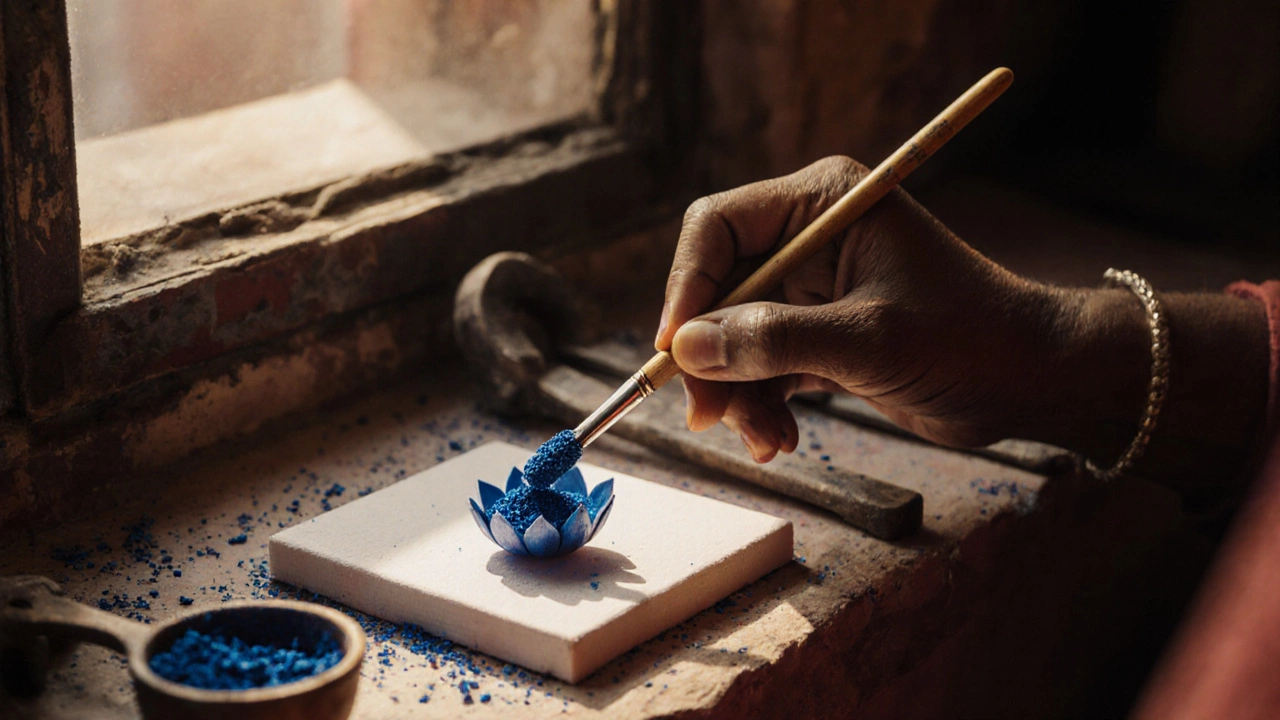
How to Explore the 63 Arts Today
You don’t need to learn all 63. But you can start with one.
- Try a traditional art form. Look for local classes in Indian dance, music, or miniature painting. Many online platforms offer beginner courses.
- Practice one domestic art. Learn to arrange flowers like a temple offering. Make your own herbal body oil. Fold a napkin with care at dinner.
- Slow down your senses. Smell spices before cooking. Listen to the sound of rain on a tin roof. Notice how light changes in your room at dusk.
- Read the source texts. The Kama Sutra’s chapters on arts are surprisingly practical. The Natya Shastra has sections on emotion in performance-still used in acting schools today.
- Support living artisans. Buy handwoven silk from a weaver in Banaras. Order hand-painted pottery from a village in Odisha. These crafts keep the arts alive.
You don’t have to become an expert. Just start. The goal isn’t perfection. It’s awareness.
The Bigger Picture: Why This Matters
The 63 arts remind us that culture isn’t just about museums and monuments. It’s about how people lived. How they touched things. How they spoke to each other. How they made beauty out of the ordinary.
Today, we celebrate "creativity" as something rare and special. But in ancient India, creativity was normal. It was expected. It was part of being human.
When we lose these arts, we don’t just lose skills. We lose a way of seeing the world. A way of being present. A way of honoring small moments.
Relearning even one of these arts isn’t nostalgia. It’s resistance. Against speed. Against noise. Against forgetting.
Are the 63 arts only from India?
Yes, the specific list of 63 (or 64) arts comes from ancient Indian texts like the Kama Sutra and Natya Shastra. Other cultures had similar systems-like the Chinese "Six Arts" or Japanese "kuge"-but the 63 arts are uniquely tied to Indian classical tradition and its emphasis on integrating art into daily life.
Is the Kama Sutra the only source for the 63 arts?
No. While the Kama Sutra lists many of the arts, the full list was compiled over centuries from multiple sources, including the Natya Shastra, Arthashastra, and regional court records. The Kama Sutra popularized them, but they existed in practice long before it was written.
Do any of the 63 arts still exist today?
Yes, but in limited forms. Classical dance, music, and painting are still taught. Some crafts like handloom weaving and natural dyeing survive in rural areas. A few people still make incense or perfumes the old way. But most of the domestic and social arts-like perfect bed-making or whispering love notes-have faded from daily life.
Why are there 63 and not 64 arts?
Some versions of the list include 64 arts. The difference usually comes from whether "knowing how to make love" is counted as a separate art. In some texts, it’s included; in others, it’s implied as part of social grace. The 63 version is more common in scholarly references today.
Can I learn the 63 arts as an adult?
Absolutely. Many people today start learning these arts in their 30s, 40s, or even later. Online courses, local cultural centers, and workshops by traditional artists make it easier than ever. You don’t need to master all of them-just one can change how you experience the world.
